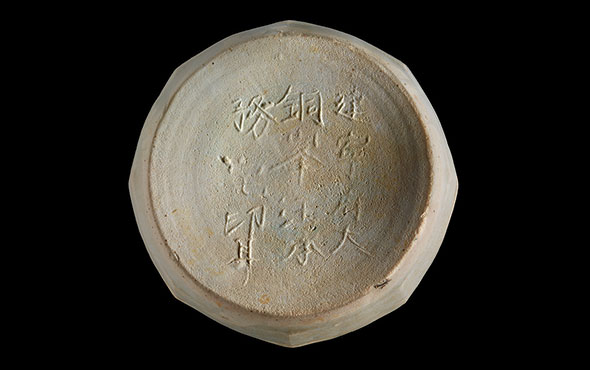
BINGHAMTON, NEW YORK—Carl Lipo of the University of Binghamton suggests that the Rapa Nui of Easter Island placed the stone statues known as moai in places where drinking water was available, according to a News.com.au report. Lipo and his team of researchers looked for groundwater around the island, which lacks streams and receives very little rainfall, and found areas on the coast with abundant brackish water. This potable water is formed when rainwater, absorbed by the island’s porous volcanic soils, flows beneath the ground and is discharged where the rock meets the ocean, Lipo said, resulting in a mix of freshwater and saltwater. The moai were placed to mark these coastal drinking water sites, he explained. For more on Easter Island, go to “World Roundup: Chile.”










